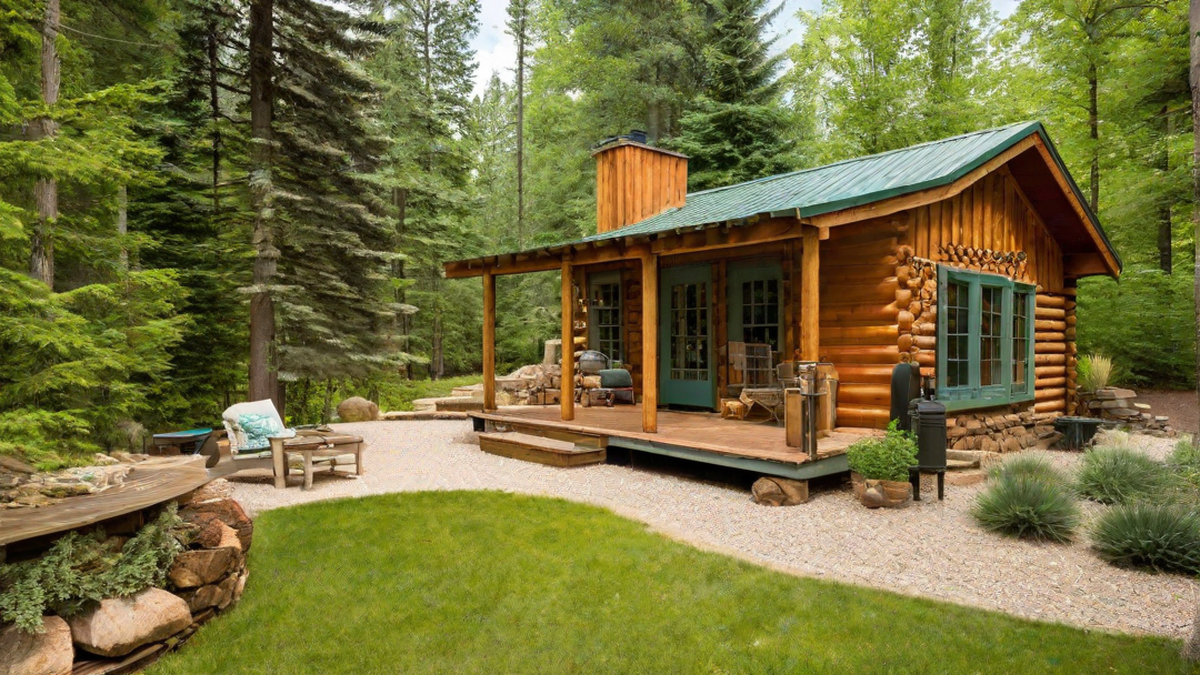Have you ever dreamed of having a cozy cabin in the woods, a place where you can escape from the hustle and bustle of everyday life? A cabin that offers tranquility, relaxation, and a connection to nature? Well, I certainly have, and when I finally made that dream a reality, one of the first challenges I faced was figuring out how to get running water in my cabin. In this article, I will share my personal experiences and delve into the details of how I achieved this feat.
Assessing the Situation
Before diving into the process of getting running water in a cabin, it’s important to assess the situation and understand the options available to you. The availability of running water will largely depend on the location of your cabin and its proximity to a water source. If your cabin is situated near a natural water source like a river or lake, you may have an advantage. However, if your cabin is located in a remote area, you may need to consider alternative solutions.
Exploring Water Sources
In my case, my cabin was nestled deep in the woods, away from any natural water sources. This meant that I had to explore alternative options. One option that I considered was drilling a well. However, after consulting with a professional, I realized that this could be quite expensive and time-consuming.
After some research, I discovered that rainwater harvesting could be a viable solution for my cabin. I decided to invest in a rainwater collection system that would allow me to capture and store rainwater for domestic use. This system involved installing gutters and downspouts on the roof of my cabin to channel rainwater into a storage tank.
Setting Up a Rainwater Collection System
Setting up a rainwater collection system requires careful planning and consideration. Here are the steps I followed:
- Choosing the right location: I selected a spot near my cabin where the rainwater storage tank could be easily accessed and connected to my plumbing system.
- Installing gutters and downspouts: I mounted gutters along the roofline of my cabin and connected them to downspouts that directed the water into the storage tank.
- Installing a storage tank: I purchased a large water storage tank and positioned it in the chosen location. I made sure to install a secure lid to prevent debris and animals from entering the tank.
- Setting up a filtration system: To ensure the water collected was clean and safe for use, I installed a filtration system that removed any impurities.
- Connecting to the plumbing system: Finally, I connected the storage tank to my cabin’s plumbing system, allowing the rainwater to flow through pipes and fixtures, providing me with running water.
Maintaining the System
Once your rainwater collection system is up and running, it’s important to regularly maintain it to ensure its efficiency and longevity. Here are some maintenance tips:
- Cleaning the gutters and downspouts: Regularly remove any leaves or debris that may accumulate in the gutters and downspouts to prevent clogging.
- Checking and cleaning the storage tank: Inspect the storage tank regularly for any signs of damage or contamination. Clean the tank periodically to remove any sediment or impurities.
- Monitoring water levels: Keep an eye on the water levels in the storage tank to ensure you have an adequate supply. If necessary, plan for additional water sources during dry seasons.
- Replacing filters: Follow the manufacturer’s instructions to replace the filters in your filtration system at the recommended intervals.
Conclusion
Getting running water in a cabin may seem like a daunting task, but with careful planning and the right resources, it is achievable. Whether you decide to drill a well, explore rainwater harvesting, or consider other options, the key is to assess your situation and choose the solution that best fits your needs. Remember to regularly maintain your water system to ensure its longevity and enjoy the comfort and convenience of running water in your cabin.

